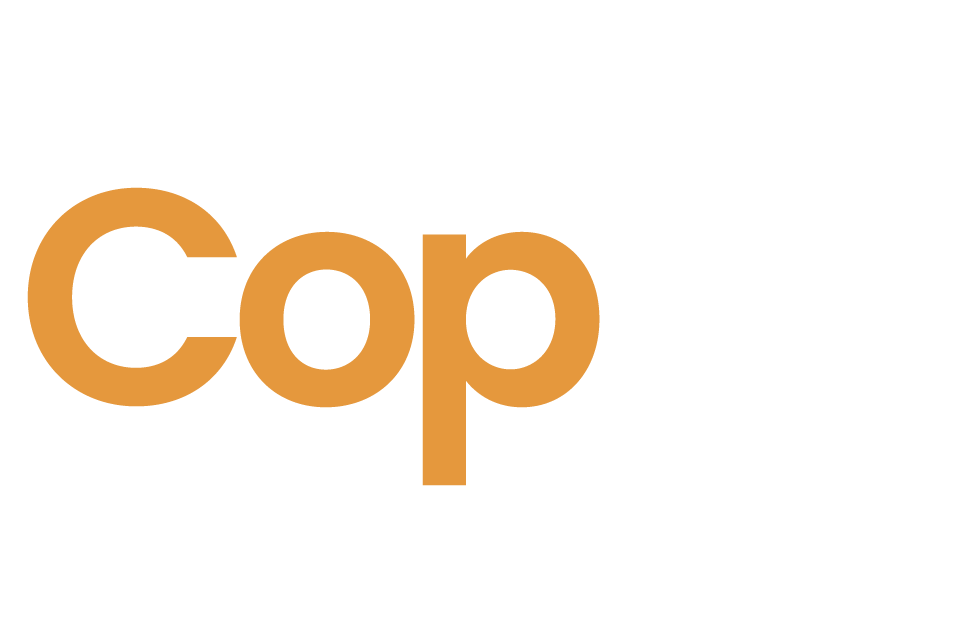No products in the cart
Think of Public Transit, Think Copper

Public transit will never be the same again, thanks to copper. When you think about buses, trains, subways, and ferries, you probably don’t think about antimicrobial copper covers, but you should. It turns out these surfaces can do just as much to reduce illness and clean up germs as they do to keep your drink from getting too cold.
As a result of COVID-19, transit systems have been seeking out novel, effective ways to disinfect their respective mediums. The primary aim is to reduce the spread of germs while riding onboard for a safer, cleaner travel experience for passengers. Such a mission sparked an experiment that occurred back in November 2020 when BC’s transit system, TransLink, partnered with Teck Resources Limited to launch a pilot project with copper coverings in two of their high-traffic buses and SkyTrains over the course of five weeks.
But why copper?
Copper’s Properties
Copper is a soft, malleable metal that has been used for purposes ranging from electrical to construction, and it is easily one of the most versatile metals on the planet. While we may not be thinking of germ-killing properties when we think of copper, this metal is, in fact, a naturally antimicrobial material—it has been used for centuries to protect people from harmful germs and infections.
Today, copper’s natural antimicrobial properties are utilized in everything from water treatment to refrigeration, thanks to its ability to fight against a wide range of bacteria and mold. Its alloy surfaces make it a natural, self-sanitizing superpower.
Silver—copper’s competing element—is often found in specific industries, such as healthcare, for its similar antimicrobial properties to copper. However, a study released revealed that copper’s antimicrobial properties remain intact regardless of temperature or humidity conditions, unlike silver, which does not work as well as an antimicrobial surface when dry.
Further, a U.K. study investigated the cost-effectiveness of installing copper fittings in a healthcare setting. The study found that the costs of installation were recouped only after two months due to reduced infections among patients, resulting in shorter lengths of stay.
So, why aren’t more public spaces installing copper solutions? Lack of awareness is likely the biggest barrier, which leads to organizations resorting to other options, such as hand sanitizer station installations. While these appear to be the standard solution these days, evidence shows these gels are not overwhelmingly effective at killing microbes.
Simply put, copper is an ideal material for public transportation applications because of
its natural antimicrobial properties.
Translink’s Pilot Project Results & Implications
The Translink pilot project was the first of its kind to be completed in North America, and the results of Phase 1 have showcased some fascinating information. The results were so fruitful, in fact, that the project plans to move to Phase 2, where more buses and Skytrains will implement copper technology. The next phase of the project plans to incorporate the products that performed best in the transit environment in terms of killing bacteria, which includes copper decals (of which, Coptek offers the only Health Canada certified option) and the copper-nickel plasma sprays.
The specifics of the trial run are as follows:
- over 1,140 samples were collected and analyzed.
- Vancouver Coastal Health developed and performed the tests using surface cultures and ATP bioluminescent testing on samples taken from transit surfaces.
- The pilot brought in some of the top teams in the province, including UBC, who performed durability testing, and Westech Cleaning Audit Systems, who recovered sample collections.
The pilot revealed that copper killed over 99% of bacteria within one hour of its contact with the surface. Suitably, copper is the only registered solid metal touch surface by Health Canada and the U.S. Environmental Protection agency.
Phase 2 will be a more in-depth experiment by installing more of the most effective products mentioned above to gather a larger sample of data. To do this, there will be more copper products installed in buses and Skytrains over a longer period in order to analyze their efficacy in various conditions.
Copper’s Promising Future
If there is one thing COVID-19 has given us, it’s a germ-free focused mindset for the future, particularly when it comes to public spaces. This paradigm shift has spawned innovative technologies for keeping surfaces cleaner and people safer. And, sometimes, the simplest of solutions are the best, just requiring a little tinkering and real-life application. Copper coverings are such an example.
This monumental progression in the science of antimicrobial materials is no small finding. The results of Translink’s copper pilot could set precedent for other transit agencies around the world. Not only that, these results can pave the way for any—and all—public spaces to follow suit. Soon, we will see streetcars, busses, subways, and more decked out in copper—and we can feel better knowing that we are a little more prepared for an increasingly germ-conscious environment in a world living through a pandemic.
No Results Found
The page you requested could not be found. Try refining your search, or use the navigation above to locate the post.
